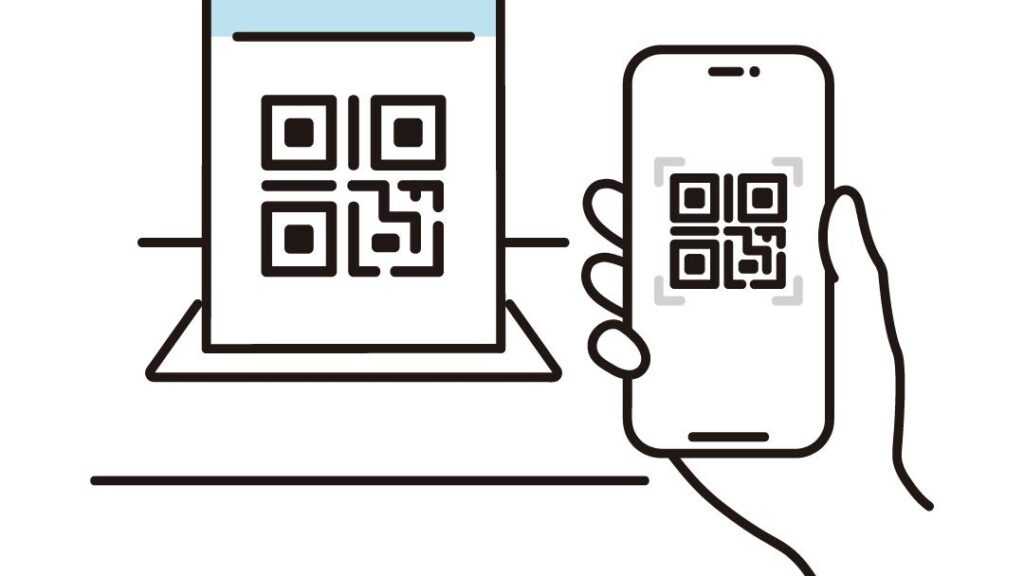Understanding DeFi
DeFi, short for Decentralized Finance, refers to a new financial system built on blockchain technology. Unlike traditional financial systems, DeFi eliminates intermediaries like banks, enabling peer-to-peer transactions directly. This structure relies on smart contracts—self-executing contracts with the terms directly written into code—making financial services faster and more transparent.
Key Features of DeFi
- Decentralization:
DeFi applications (dApps) operate without centralized authority. Ethereum is the primary blockchain for these applications. - Accessibility:
Anyone with internet access can use DeFi services, making it inclusive for those unbanked or underbanked. - Transparency:
Transactions and smart contracts are verifiable by anyone, ensuring accountability and reducing fraud. - Interoperability:
Many DeFi platforms are compatible with each other, enabling users to move assets seamlessly between different dApps.
Smart Contracts
Smart contracts are core to DeFi’s functionality. They execute automatically when predefined conditions are met, reducing the need for intermediaries. For instance, in lending protocols, smart contracts ensure that loans and interest payments occur as agreed without a third party.
Popular DeFi Applications
- Lending Platforms:
Platforms like Compound and Aave let users lend their digital assets and earn interest or borrow assets by providing collateral. - Decentralized Exchanges (DEXs):
DEXs like Uniswap enable users to trade cryptocurrencies directly from their wallets without a central exchange controlling the trades. - Stablecoins:
Cryptocurrencies like DAI maintain a stable value by being pegged to fiat currencies, offering a reliable store of value within the volatile crypto market.
Risks and Challenges
While DeFi offers many benefits, it also presents risks:
- Smart Contract Vulnerabilities:
Flaws in smart contract code can lead to losses. - Market Volatility:
The value of digital assets can fluctuate significantly, affecting loan collaterals and stability. - Regulatory Uncertainty:
As governments develop regulations, DeFi users face potential changes in legal status and obligations.
Understanding DeFi is crucial for grasping its transformative potential in modern financial systems, making it essential for both crypto enthusiasts and those interested in the future of finance.
Core Concepts of DeFi Lending and Borrowing

In the world of DeFi, lending and borrowing leverage blockchain technology for efficient, transparent, and permissionless financial interactions. Important core concepts drive this ecosystem.
Smart Contracts
Smart contracts automate and execute transactions in the DeFi space. These self-executing contracts, with terms directly written into code, ensure secure and transparent agreements.
Because there’s no need for intermediaries, transactions complete faster, and costs decrease. Ethereum hosts most smart contracts, making it a DeFi hub. For example, platforms like Aave and Compound use smart contracts to facilitate lending and borrowing processes seamlessly. Audits and rigorous testing are essential to minimize vulnerabilities in these contracts.
Tokenized Assets
Tokenized assets represent real-world or digital assets on the blockchain. Various tokens facilitate different roles in the DeFi ecosystem. For instance, collateral tokens back loans while governance tokens enable users to vote on protocol changes.
Tokens like ETH or DAI frequently serve as collateral in lending protocols. By tokenizing assets, DeFi ensures liquidity and enables users to access a range of financial services. Platforms such as MakerDAO and Uniswap exemplify the utility of tokenized assets in lending and borrowing activities.
How DeFi Lending Works
DeFi lending platforms allow users to lend their cryptocurrencies in exchange for returns generated through interest rates set by supply and demand dynamics.
Lenders and Returns
Lenders deposit their digital assets into DeFi protocols, like Aave or Compound, where these assets are pooled and made available for borrowing. Interest rates are algorithmically determined based on supply and demand.
Examples: If demand for a particular asset is high, interest rates increase, offering higher returns to lenders. Users can withdraw their assets at any time, or use them as collateral, earning interest in the process.
Collateralization
Borrowers must provide collateral in the form of digital assets to obtain loans from DeFi platforms. The value of the collateral typically exceeds the borrowed amount to mitigate risk. Examples include providing ETH as collateral to borrow DAI. If the value of the collateral falls below a certain threshold, the system automatically liquidates it to repay the loan, maintaining platform security and solvency.
Risk Management
DeFi platforms implement various mechanisms to manage risk and ensure security. Protocols undergo regular audits and use over-collateralization to protect against defaults. Smart contract vulnerabilities are continually tested and updated to minimize potential exploits.
Examples: Platforms like MakerDAO use stability fees and liquidation penalties to mitigate risks. Additionally, insurance protocols, such as Nexus Mutual, offer coverage against smart contract failures, providing an added layer of security for participants.
How DeFi Borrowing Works
DeFi borrowing allows individuals to access funds without traditional intermediaries. Borrowers provide collateral and receive loans in a decentralized manner.
Borrower Benefits
DeFi borrowing offers several advantages. Immediate access to funds is a key benefit. Borrowers can use their digital assets as collateral and receive loans without lengthy approval processes. This is particularly useful for those needing quick liquidity.
The global access to funds is another benefit, allowing borrowers to tap into a worldwide liquidity pool 24/7. Anonymity and lower fees further enhance the appeal, as DeFi platforms operate without conventional banking overheads. Borrowers retain control of their collateral since transactions execute via smart contracts.
Interest Rates
Interest rates in DeFi are dynamic. Algorithms adjust rates based on supply and demand. High demand for loans leads to higher interest rates, while an abundance of available funds results in lower rates.
Borrowers benefit from real-time transparency as they can monitor fluctuation trends on platforms like Aave and Compound. Historical data and current metrics help borrowers make informed decisions.
Additionally, fixed-rate options provide certainty for those seeking predictable costs. Multi-collateral systems enable borrowers to leverage diverse assets, potentially accessing lower rates based on asset-specific conditions.
Repayment Strategies
Repayment strategies in DeFi vary. Flexible repayment schedules align with borrower needs. Lump-sum repayments cater to those preferring to pay off loans quickly, minimizing interest expenses. Alternatively, periodic repayments suit borrowers managing cash flow over time.
Partial repayment options allow borrowers to pay down debt gradually while retaining some liquidity. DeFi platforms often integrate automated repayment systems using smart contracts. Borrowers can set specific conditions to trigger repayments, ensuring they meet their obligations without manual intervention.
Major DeFi Platforms
Several DeFi platforms have emerged as leaders in the lending and borrowing space. Two of the most prominent are Aave and Compound.
Aave
Aave is a decentralized lending platform in the DeFi ecosystem. It allows users to lend and borrow various cryptocurrencies. Aave stands out with its “flash loans,” which let users borrow without collateral if the loan is repaid in the same transaction.
This innovative feature is useful for arbitrage opportunities, refinancing, and collateral swapping. Aave also offers unique collateral types and supports multiple asset collaterals, promoting flexible lending and borrowing terms.
Compound
Compound is another leading platform in the DeFi space. It operates a similar lending and borrowing model where users supply crypto assets to earn interest or borrow against their crypto holdings. Interest rates on Compound are algorithmically determined, adjusting based on asset supply and demand.
A significant feature of Compound is its integration with other DeFi projects, broadening its utility and appeal. Compound’s governance token, COMP, allows users to participate in platform decisions, adding a layer of community-driven development.
Security and Risks in DeFi Lending and Borrowing
Security and risks are critical considerations in DeFi lending and borrowing. Issues arise from the reliance on smart contracts and market dynamics.
Smart Contract Risks
Smart contracts, while innovative, pose risks. Code vulnerabilities are inherent in smart contracts, leading to potential hacks. For example, the DAO hack in 2016 exploited a smart contract flaw, resulting in significant financial loss. Audits and updates are necessary for reducing these risks, but no code is immune to errors. Developers must prioritize thorough testing and regular code reviews to maintain security.
Market Volatility
Market volatility affects DeFi lending and borrowing. Crypto assets experience high price fluctuations, impacting the value of collateral. For instance, a sudden drop in the value of Ethereum (ETH) could cause a borrower’s collateral to become under-collateralized, triggering liquidation. To manage this, platforms employ algorithms that adjust interest rates and collateral requirements based on market conditions. Users must be aware of these dynamics to mitigate potential losses.



 Founder & CEO
Daniel Anderson is the visionary founder and CEO of the website, leading the charge in revolutionizing the crypto space. With a deep understanding of blockchain technology and years of experience in the industry, Daniel has established himself as a key figure in the cryptocurrency world. His passion for decentralization and financial innovation drives the platform’s mission to deliver cutting-edge insights and resources for crypto enthusiasts, traders, and investors. Under his leadership, the website has grown into a trusted hub for the latest trends, news, and developments in the digital asset space.
Founder & CEO
Daniel Anderson is the visionary founder and CEO of the website, leading the charge in revolutionizing the crypto space. With a deep understanding of blockchain technology and years of experience in the industry, Daniel has established himself as a key figure in the cryptocurrency world. His passion for decentralization and financial innovation drives the platform’s mission to deliver cutting-edge insights and resources for crypto enthusiasts, traders, and investors. Under his leadership, the website has grown into a trusted hub for the latest trends, news, and developments in the digital asset space.
